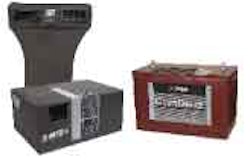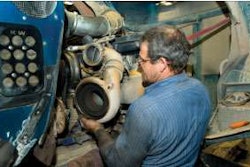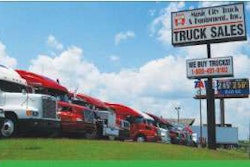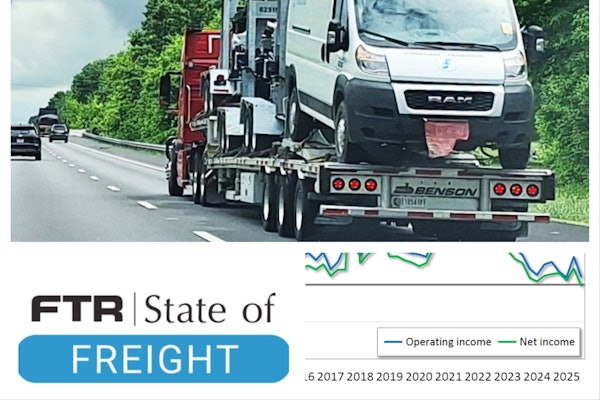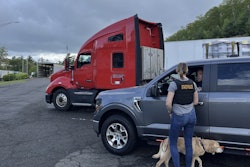
2010 is gone. April 15 will be here before you know it. It’s time to turn on the calculator, organize receipts and get prepared for an annual visit to your tax preparer.

Your tax preparer will always be swamped the closer it gets to April 15. Better to have someone you’re paying give your business the full attention it deserves than to have your paperwork rushed through at the last minute.
Another advantage is that owner-operators have large fluctuations in income and expenses, which leads to very different tax situations year to year. If there is an ugly surprise in store for you, it’s better to know about it sooner than later so you can plan a response.
Also, preparing records gives you insight to improve your record-keeping for this tax year as you realize shortcomings. Every time you struggle to find a receipt or an expense, stop and design a better way to track it this year. You will continue to struggle with record-keeping – and continue to pay too much tax – if you rely on last-minute organization.
Before you hand over your paper

Follow these steps to organize your paperwork and maximize your deductions with the least amount of hassle.
. time to work on this. If you are married, your spouse should be an integral part. Turn off the cell phones and e-mail. Allow at least a half day to get started.
2. List the ways you spend money. This means checks, debit cards, credit cards, company fuel cards, company settlements, cash, direct debits from checking and bank accounts. With this list, you’ll finder it much easier to catch deductions and expenses.
3. Gather up all paperwork. This includes check registers, checks, receipts, settlement sheets, bank statements, credit card statements, tax documents, etc.
4. Verify gross income. Go through all 2010 settlements and figure out which number is gross income for each. Add them and check that it matches the total on your 1099.
5. Organize all documents. Clear off plenty of table space. Make piles and organize the documents logically. Separate by income and expense. (If you use an accounting service that does this for you, skip steps 5 and 6.)
6, Total your expenses. Separate expenses into categories as they will be reported on the tax return, such as maintenance, tolls, etc. Using a calculator with a register tape, add all of the receipts in each expense category. Hit the total button, tear off the tape and staple it to the matching receipts. Then add them all up one more time to double-check.
7. Make an appointment with your tax preparer. Call as soon as possible and keep the appointment. Then take a break and reward yourself for getting this done early.
8. Review your work. Schedule time before meeting your tax preparer to review all of your lists and categories. Rake your memory to see if obvious deductions are missing. You’ll be surprised what you might catch and how much money you save. n
Expense Categories
These are some of the common expenses that could apply to your operation. All must be business-related:
Car
Fees & commissions
Insurance
Interest paid
Legal fees
Accounting fees
Office expenses
Rent or lease
Maintenance
Supplies
Taxes & license
Travel
Per diem
Utilities
Wages & payroll
Fuel, oil & additives
Scale fees
Tolls & parking
Loading & unloading
Physicals & drug testing
Laundry
Kevin Rutherford is an accountant, small-fleet owner and the host of “Trucking Business & Beyond,” which airs on Sirius XM Radio’s Road Dog Trucking Radio. Contact Rutherford through his website, www.LetsTruck.com.



